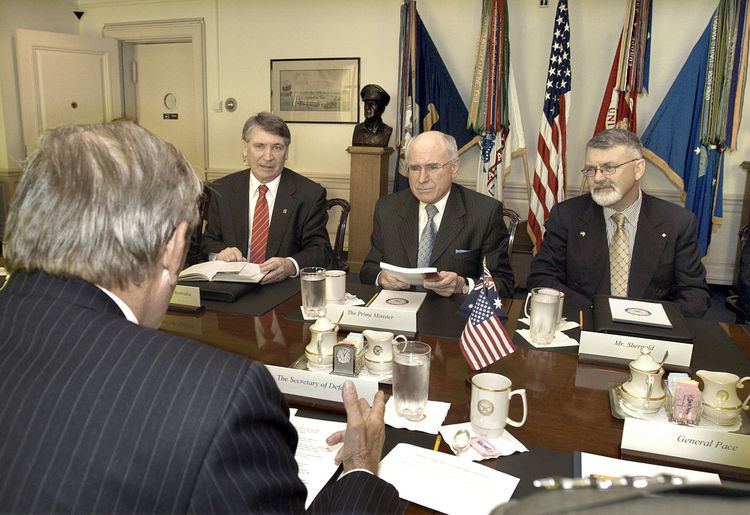Names Departmental secretary | Occupation type Public servant | |
 | ||
Activity sectors Australian and State government Competencies Strategic advice; Public administration Related jobs | ||
In the administration of government in Australia, a departmental secretary, or more commonly a Secretary, is the most senior public servant of a Commonwealth or state government department, charged with leading the department on a day-to-day basis.
Contents
Role
A departmental secretary is the non-political non-elected public servant heads (and "responsible officers") of government departments, who generally hold their position for a number of years. A departmental secretary works closely with the elected government minister that oversees the Commonwealth department or state government department in order to bring about policy and program initiatives that the government of day was elected to achieve. A departmental secretary works with other departments and agencies to ensure the delivery of services and programs within the nominated area of responsibility.
The secretary is also known as the chief executive of the department; the position is equivalent to the Permanent Secretary of a government department in the United Kingdom, and similar to director general in some non-Commonwealth countries, or (very roughly) chief executive officer (CEO) in a private company.
In the Australian government, Secretaries are the responsible officers for departments, meaning that they are answerable to the Australian Parliament for ensuring that the department performs the functions assigned to it and spends money appropriately, as granted by the Parliament. Secretaries are frequently called for questioning by the Joint Committee of Public Accounts and Audit, the House of Representatives committees and the Senate committees.
Appointment and termination
The Public Service Act, 1999 (Cth) requires the Secretary of the Department of the Prime Minister and Cabinet to provide a report to the Prime Minister of the day about the suitability of potential candidates as departmental secretary. The report is prepared in conjunction with the Public Service Commissioner. Appointments and terminations as departmental secretary are made by the Governor-General on the advice of the Prime Minister; under Sections 58 and 59 respectively of the Act.
Since the removal of tenure under Prime Minister Paul Keating, departmental secretaries are generally aware that while dismissals are not common, following a change of government, failure to re-appoint a secretary is certainly a frequent occurrence. In the first Rudd government, secretaries were appointed for a five-year term; prior to this a term of three years was common. In 1999, the Howard government sought to remove Paul Barratt AO as Secretary of the Department of Defence after Barratt fell out of favour with his Minister. Despite being offered a diplomatic post, Barratt refused to vacate the role and commenced legal action, claiming unfair dismissal and that the government had failed to follow due process. Barratt had a temporary stay, but was dismissed within 14 days, and subsequently lost, on appeal in the Federal Court.
The most senior Commonwealth public servant is the Secretary of the Department of the Prime Minister and Cabinet, currently Dr Martin Parkinson.
In Victoria
In the Government of the state of Victoria, the most senior government departmental secretary is the Secretary of the Department of Premier and Cabinet, currently Chris Eccles.
Current Australian government departmental secretaries
There are currently 22 individuals in Australian government departments with the grade of Secretary, though not all use these titles.
